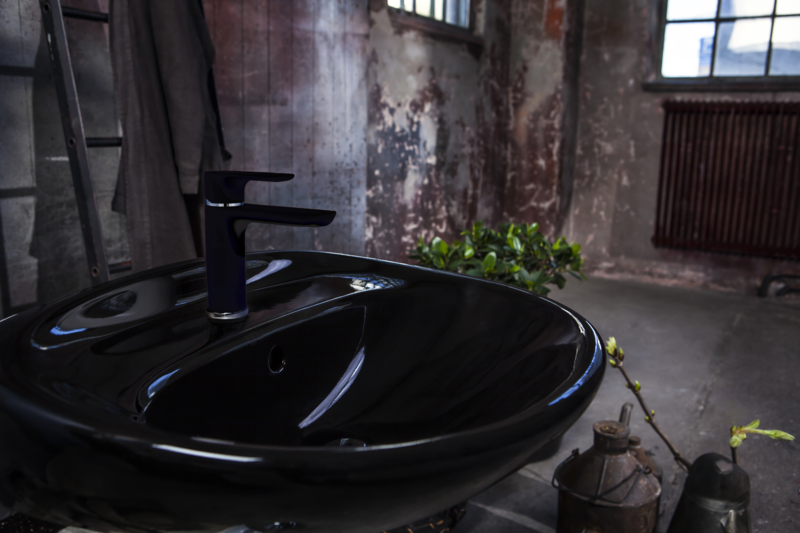
Jon speaks through things
Jon Eliasson
Published May 2018
Jon Eliason, the designer, was actually meant to have been an actor. It was the ‘family business’, and he was getting ready to ‘join the firm’, attending a theatrical high school and taking preparatory courses. In the end, however, he found his stories in the world of things.
Tags
Bathroom, Series, Estetic, Design, Inspiration
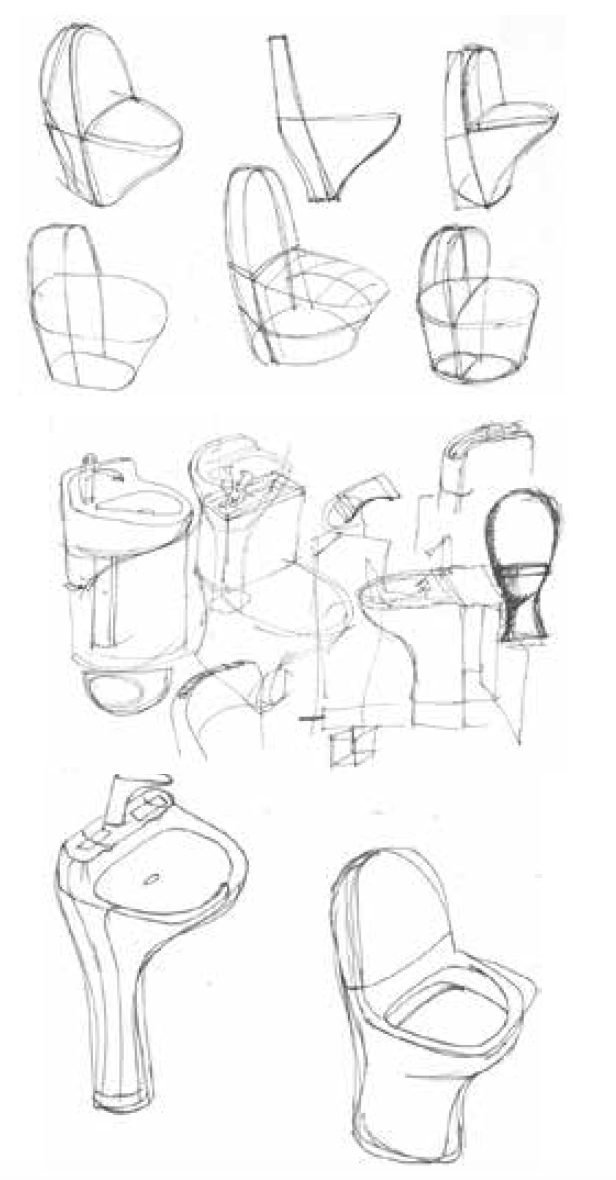
Successes in French
Jon relates that he had always been good at drawing, which was how he came to land an internship at an advertising agency. As a result of several family holidays and language trips to France, he was also good at French. So when the French-Swedish agency he worked for decided to launch French goods in Sweden, it was only natural that he should be commissioned to travel to the Toulouse office and design the packaging. In his luggage, he was carrying a Mac computer – one of the very earliest models. No-one in the French office had anything like it, and the young Swedish designer did a great job. But nothing lasts for ever. At around the same time as Jon was to do his military service in Sweden, the French economy tanked. So what on earth was he to do next?
The significance of a butter knife
A childhood memory provided me with insight.” It sounds like a sentimental Hollywood tear-jerker, but Jon tells the story with conviction. When he was young, he had a rich relative who lived in a beautiful apartment and held lavish parties. At these get-togethers, he always found himself drawn to a little object he could sit and admire for hours: a butter knife in the shape of a fish. Years later, he came to inherit this butter knife. So now, when he found himself wondering about his future, a random incident brought it back into his life once more. The little knife reminded him of something he had been hiding inside himself for years: “I wanted to create beautiful things.”
It’s a privilege to work with a brand with such a long, rich heritage. The Anchor symbol is something that has stayed with me since my childhood – Gustavsberg will always be the origin of the bathroom to me.
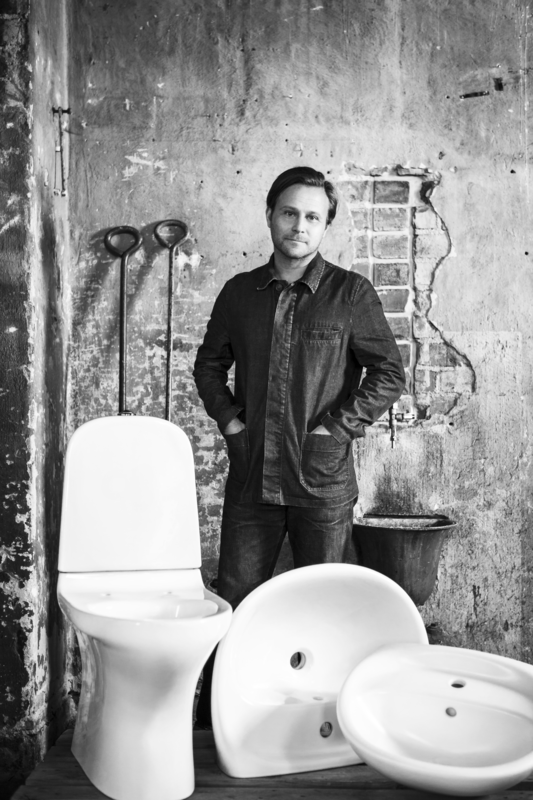
Perceptions of things
Jon discovered his calling was to ‘imbue things with a narrative’. He studied art history and attended Beckmans College of Design. Since switching careers, he has worked full-time with furnishing architecture and product design.
His repeat clients include heavyweight companies such as Ikea and Sagaform. He has also done a lot of design work involving glass and ceramics over the years. And he has helped furnish a lot of restaurants. This is no coincidence. “Food and mealtimes are some of my biggest sources of inspiration. No matter where in the world you go, the tradition of offering guests food and drink is deeply rooted. This is how you meet and exchange narratives from your life and from your travels.” Jon largely works for international clients today.
“The guy from the TV”
In the middle of his career, Jon found himself on TV. In the course of a few years he worked on a string of design and make-over shows including Room Service, Från koja till slott, Välkommen hem and Hjälp vi ska flytta ihop. In all, he appeared in around 50 shows, but somewhat surprisingly, Jon does not think this was good for his brand. “In the end, people only see ‘the guy from the TV’,” he says, and explains that this is not what is important. After all, he wants to create items with a story to tell. And this is precisely what he has done for Gustavsberg. “It’s a privilege to work with a brand with such a long, rich heritage. The Anchor symbol is something that has stayed with me since my childhood – Gustavsberg will always be the origin of the bathroom to me.”
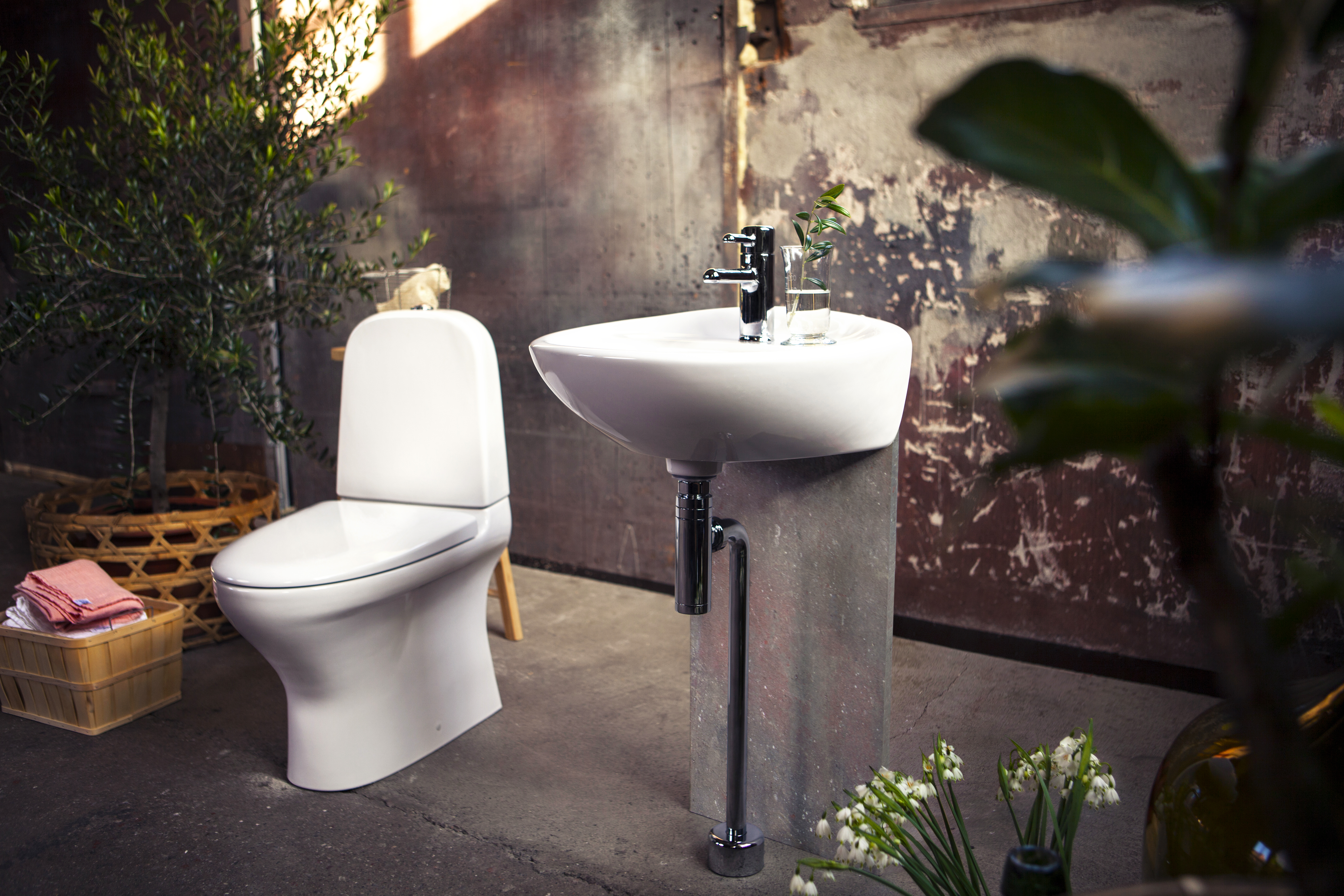
From stig to Estetic
When he was commissioned to produce a completely new bathroom range, Jon and his colleague – Jonathan Maltz – decided to go back to one of the true greats in the history of classic Swedish design: Stig Lindberg. “I think he drew inspiration from Mediterranean shapes, which he simplified and incorporated into a Swedish design idiom. His ceramics sometimes call to mind the works of Picasso, a kind of restrained expressionism.” In the spirit of Stig Lindberg, Jon toned down the sharp angles and made his shapes easy on the eye – simultaneously eliminating unnecessary surfaces that simply gather dust. The work was detailed down to millimetre level. Jon and his colleagues have made the products lighter – both on the eye and in practice. “Weight is also a function. It is also design.”
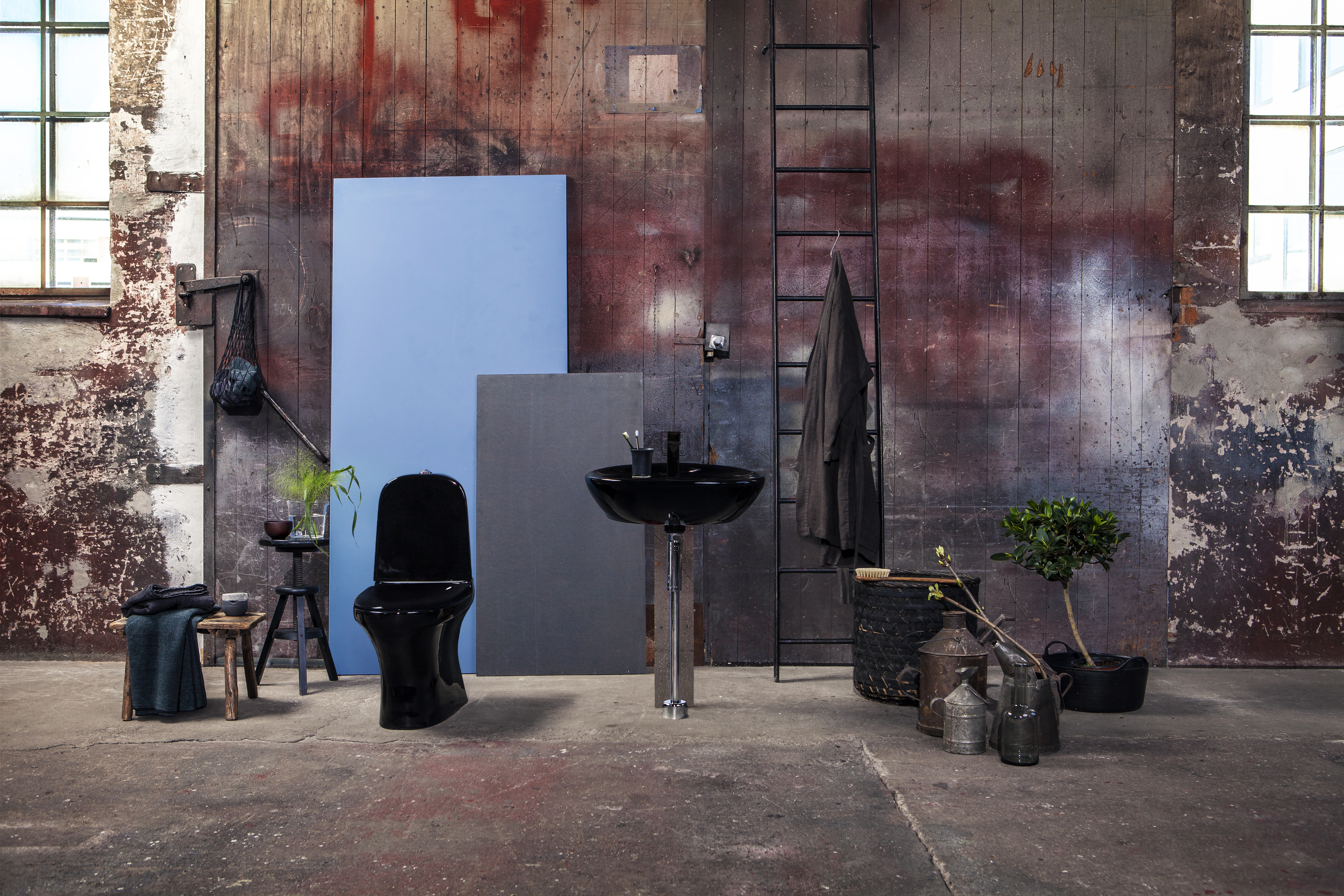
Water and mathematics
In addition to studying Stig Lindberg, Jon closely observed the motion of water. He and his colleagues studied the mathematics of the field in depth, with the ambition of capturing the natural flow of the water in the shape of the porcelain itself. This is how Jon describes the washbasin: “It’s the mathematics of a gentle wave, in fact. The shape of the porcelain is a flow – like water.” The organic shapes of the bathroom porcelain leads the water where it needs to go. The same design is repeated in both washbasin and toilet in a manner he terms ‘a brother/sister relationship’. Beauty, water in motion and a brother/sister relationship. That is what Jon is looking to relate with Estetic.
Jon is inspired by:
- People and changes in their behaviour.
- Mother Nature’s mathematics and solutions, ‘the attitude of nature’.
- Reading the contemporary age, identifying new needs and suggesting solutions.